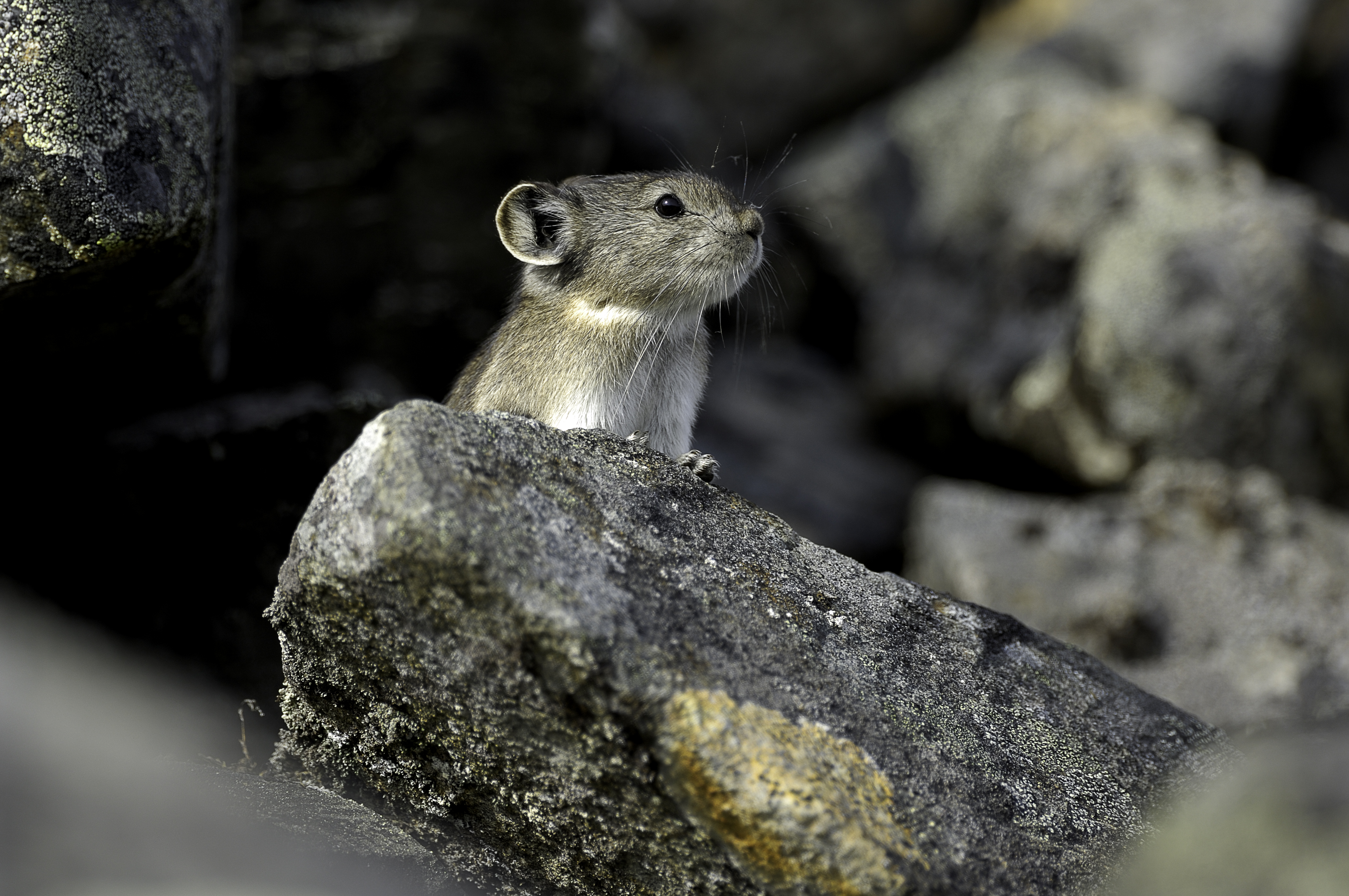Alpine small mammals threatened by climate change
March 16, 2015
907-474-6941
3/16/15
Researchers at the University of Alaska Fairbanks have documented a gradual decline in several alpine small mammals since the last glacial period. In a study published in the journal PLoS ONE this month, they predict that climate change will exacerbate this trend.

The researchers, all affiliated with the University of Alaska Museum of the North, studied genetic data of collared pikas, hoary marmots, brown lemmings, Arctic ground squirrels and singing voles. All five species are cold tolerant and strongly associated with alpine or alpine tundra habitat, both of which are in decline due to climate change.
Curator of mammals Link Olson, one of the paper’s authors, said three of the five species — collared pikas, singing voles and arctic ground squirrels — have experienced overall population declines since the retreat of the ice sheets at the end of the last glacial period, around 21,000 years ago.
“We modeled the demographic history of each species with a statistical approach that uses genetic data to 'hindcast' historic population trends,” he said. “Our analyses suggests that prior to the last glacial maximum, these species had actually been undergoing population expansion. Against a backdrop of a gradual decline, climate change is likely to rapidly accelerate the process.”
Olson said a large and growing number of published studies have documented how trees and shrubs are encroaching on what was formerly treeless habitat. “As alpine communities are forced upslope on a given mountain or mountain range, they begin to lose proportionally more habitat. A meter of elevation toward the bottom of a mountain encompasses far more area than a meter closer the top.”
As a result, Olson said alpine areas will become increasingly fragmented as lower elevations fill in with forest, which can serve as a dispersal barrier to species adapted to treeless habitats. In other words, in addition to being pushed upslope and becoming smaller, individual alpine small mammal communities are also being pulled farther and farther apart.
Smaller populations that aren't being regularly recharged genetically through migration are more vulnerable to local extinction. “The cumulative effects of local extinctions add up to far bigger problems for these species,” Olson said.
Lead author Hayley Lanier, a former doctoral student at UAF and now a professor at the University of Wyoming at Casper, used DNA sequences data obtained from tissues associated with voucher specimens at the UA Museum of the North and several other museums.
ADDITIONAL CONTACTS: Link Olson, UAMN curator of mammals, 907-474-5998 or link.olson@alaska.edu; Hayley Lanier, University of Wyoming at Casper, hlanier@uwyo.edu
ON THE WEB: http://www.ncbi.nlm.nih.gov/pubmed/25734275
TB/3-16-15/218-15


